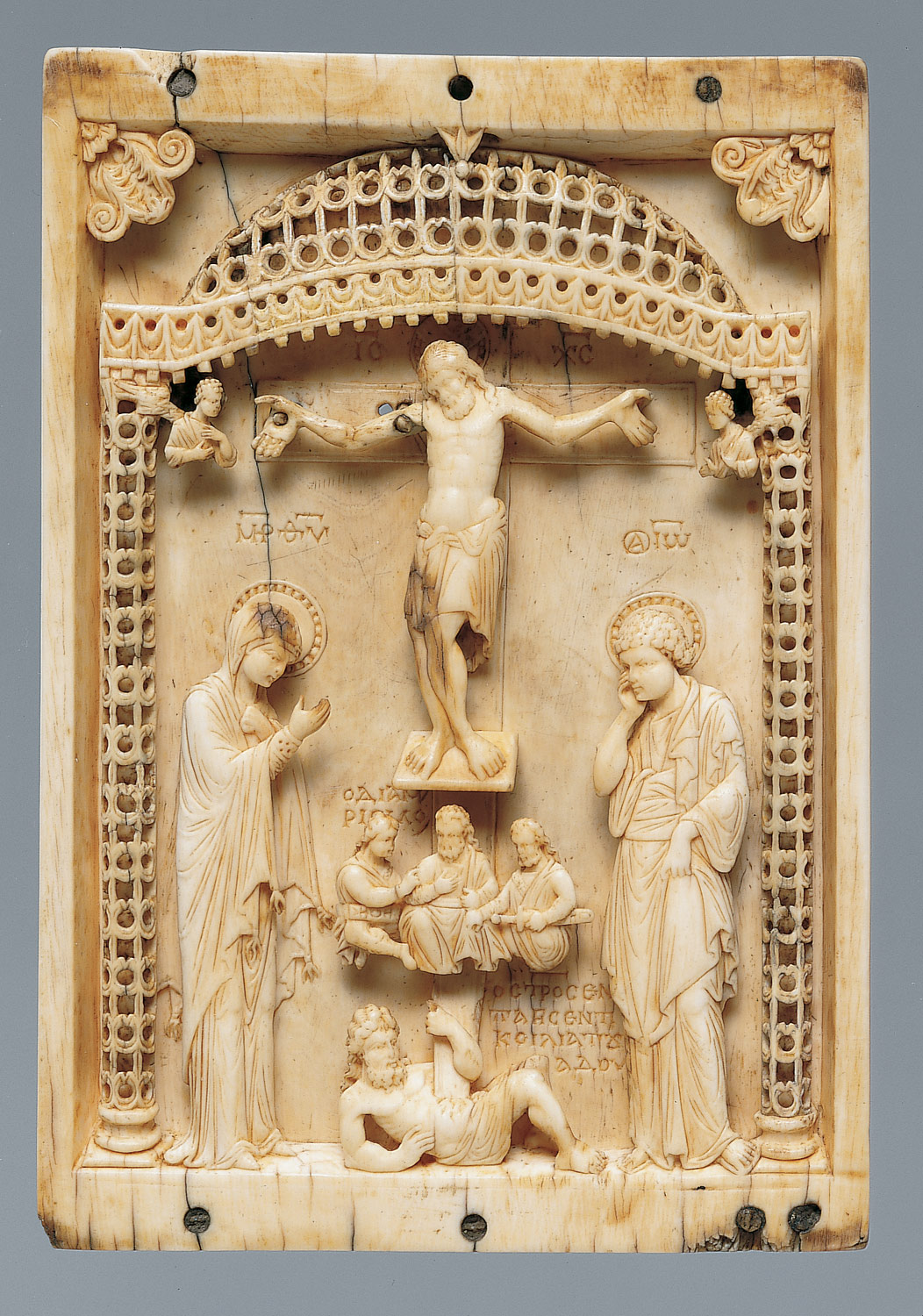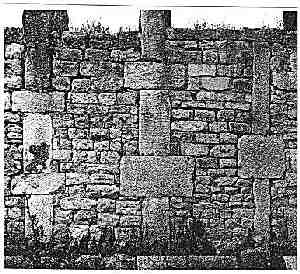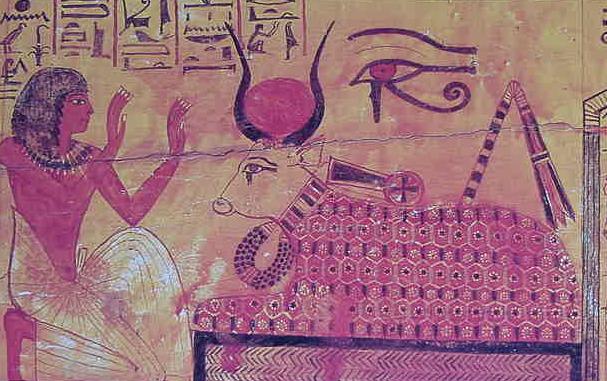Now that our class has studied gothic art, I decided to go back and research this cathedral and make my research a little more meaningful.
Construction started around the year 1300.
In 1329 the stained glass windows created by Matteo di Giovanni were installed.
Construction was brought to a halt in 1498 as an incomplete project.
Towards the end of the XV century, construction was reinitiated. During the 17 and 18 centuries, the interior was influenced by the Baroque style, with painting and sculptures that appealed to those times.
Even up to 1902, the Cathedral continued to be remodeled and maintained up to the necessary codesof the time. For example, several forms of light sources were added in the inside in order to better illuminate the interior.
The red thing at the top of the picture is actually a person! This just gave me a good idea of scale, I'm sure that if I were to walk in there the enormous open space would be overwhelming.
After having read the story and having looked at the pictures, I would very much enjoy visiting the Cathedral. I think it's interesting how buildings like these were constantly going under renovations or influenced by different architectural and artistic movements. These buildings hold so much history within its walls that all of a sudden they're not just churches anymore, but museums and the heritage of humanity.
Images retrieved from: http://catedraldemallorca.info/principal/es/multimedia/imagenes
Facts retrieved from: http://catedraldemallorca.info/principal/es/patrimonio/historia/2530-la-catedral-de-mallorca-historia








































